Yardi Matrix: Kansas City’s Revival
The metro is straining to transform from its staid Midwestern heritage into an environment more suitable for modern urban living.
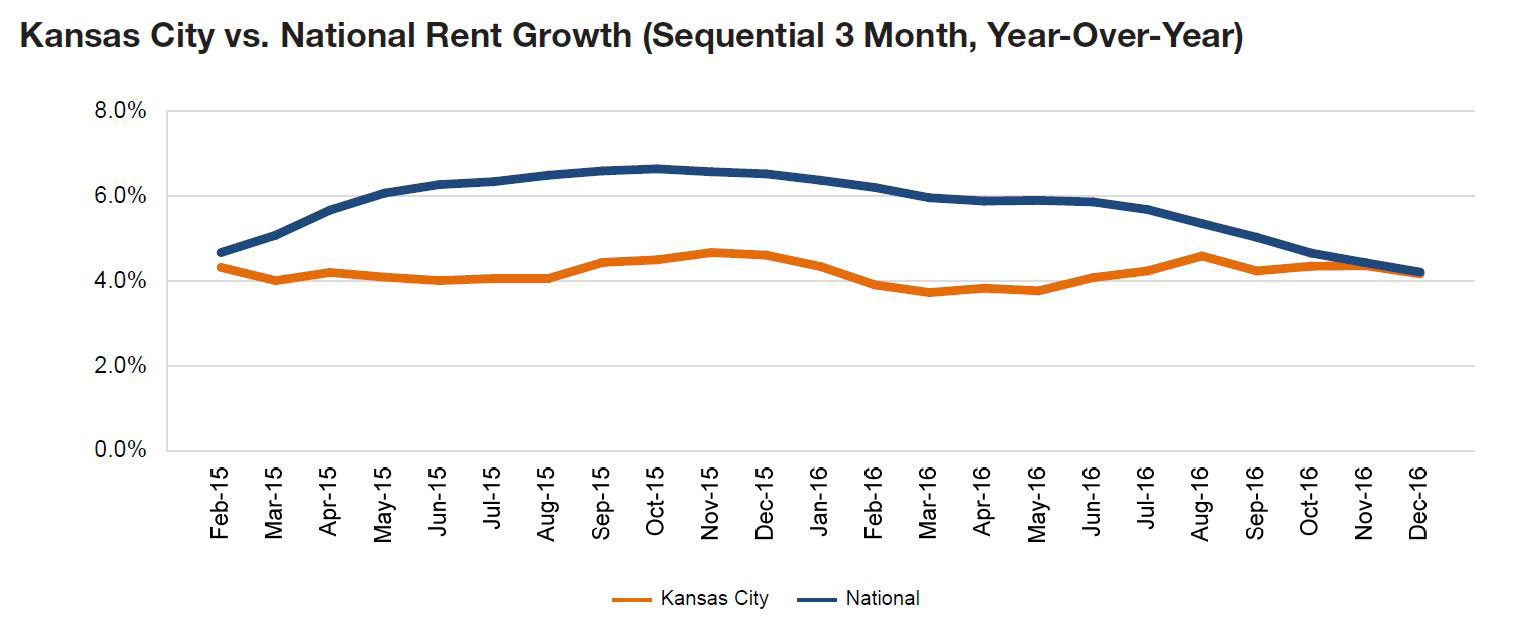
Kansas City rent evolution, click to enlarge
Kansas City is straining to transform from its staid Midwestern heritage into a metro more suitable for modern urban living. The downtown is seeing a historical restructuring, as abandoned office buildings are converted into apartments and hotels. Local authorities are continuing revitalization investments with an $800 million comprehensive capital improvements program to be implemented in the next 20 years, impacting the entire city.
The metro’s economy is also slowly shifting from manufacturing, making room for financial, health-care and technology businesses. In 2017, the first phase of Cerner’s $4.5 billion Innovations Campus will be inaugurated, and Sprint and Techstars announced programs for supporting startup companies. In the past year, Kansas City’s industrial market has had impressive results, with recent deliveries and positive absorption figures surpassing previous record highs. This has been mostly fueled by the intense activity at Logistics Park Kansas City, where Amazon and Triumph Group opened new facilities.
The transactions volume decreased to $667 million year-to-date, after peaking at nearly $819 million in 2015, but these are still high numbers compared to the first years of recovery after the crash. Rent growth caught up with the national average at 4.4 percent, but as supply reached a peak for this cycle, with roughly 3,000 units coming online in 2016, growth is expected to moderate in 2017.
Read the full Yardi Matrix Report.

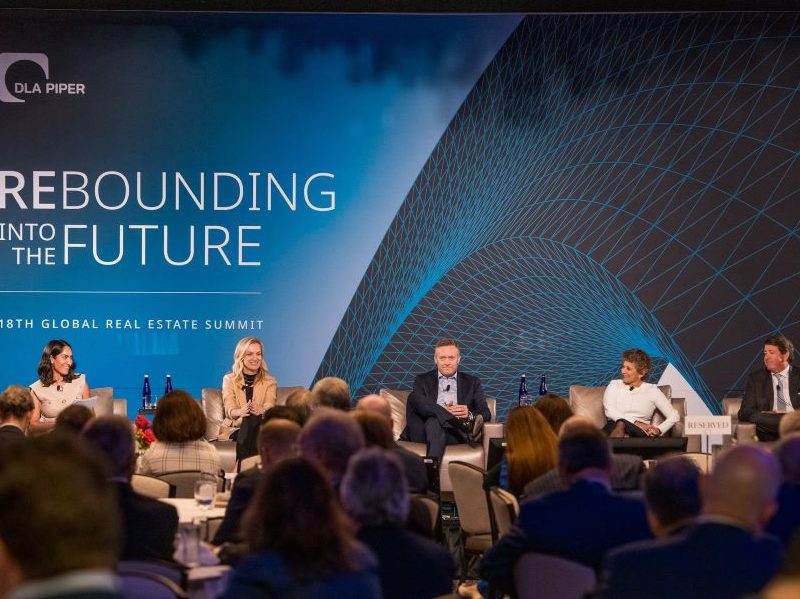
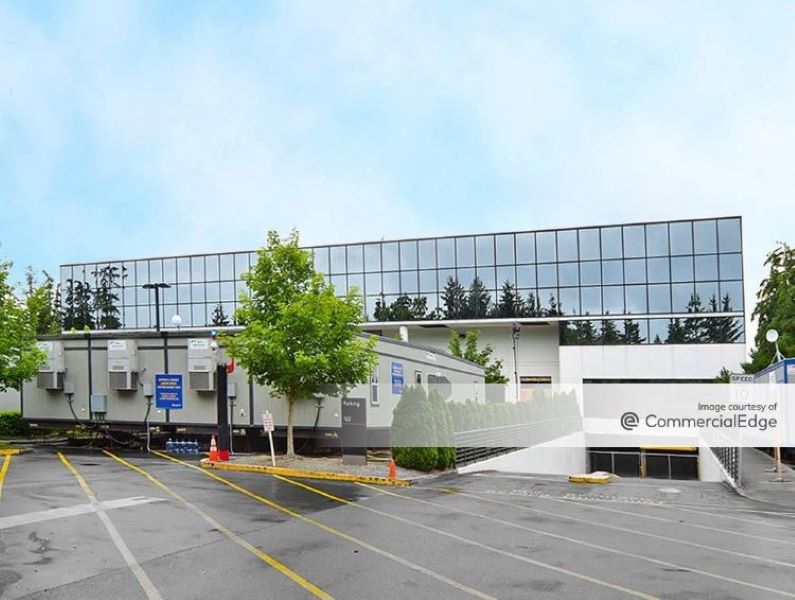
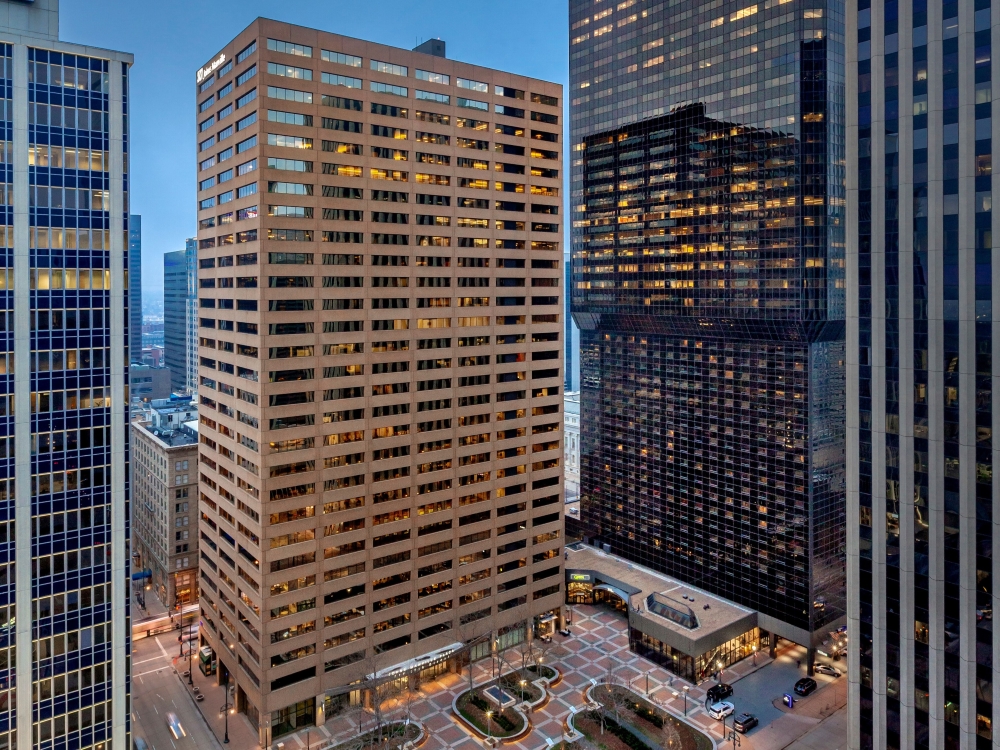
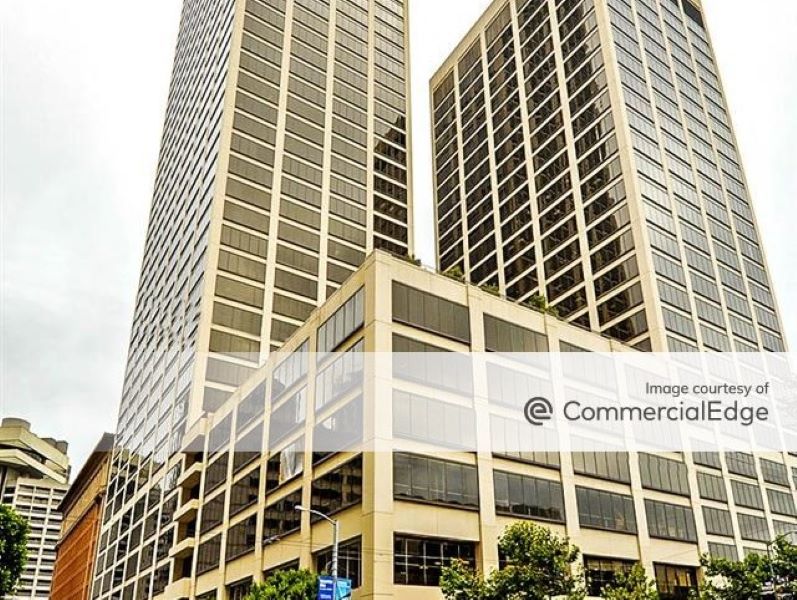
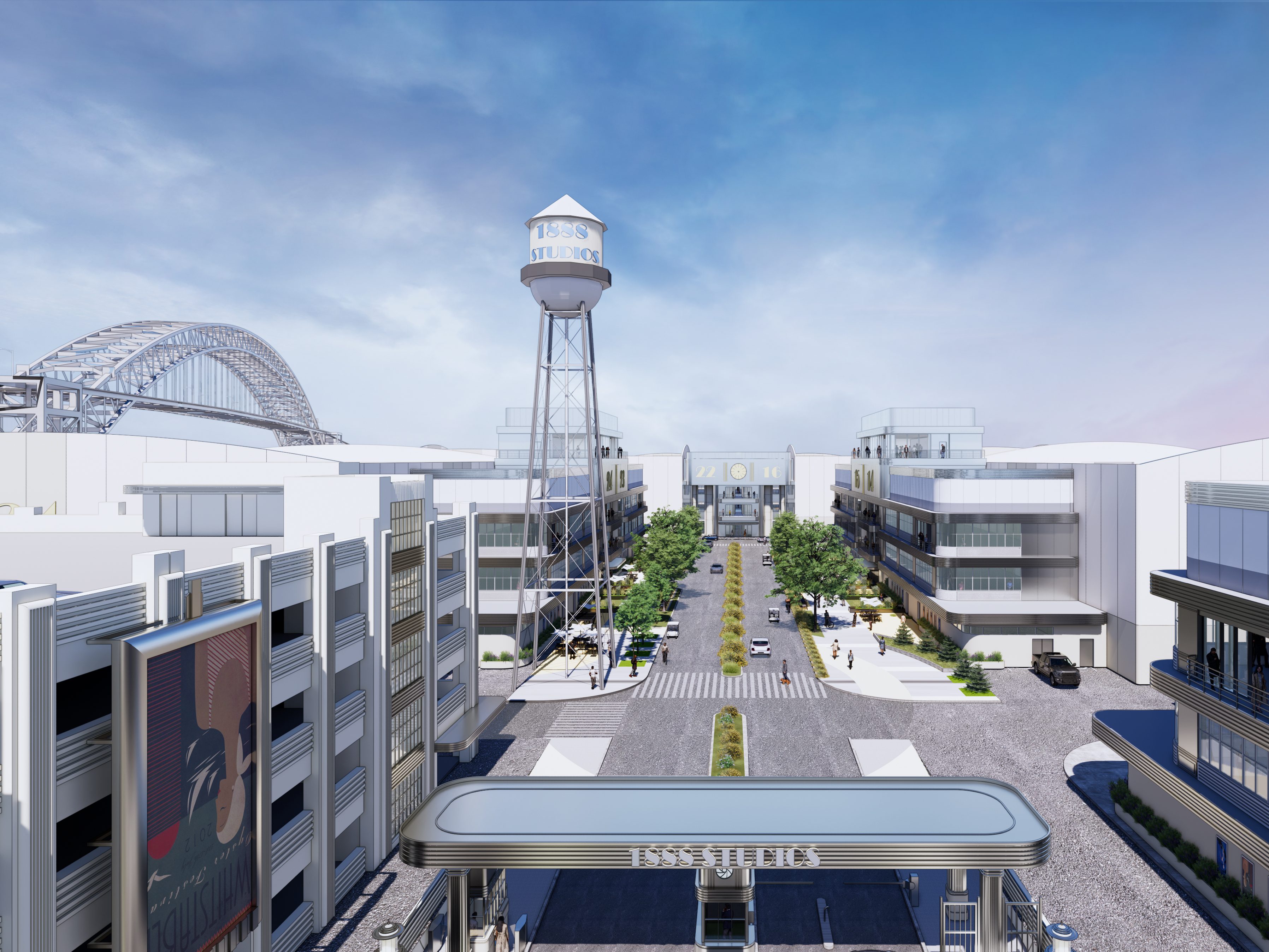
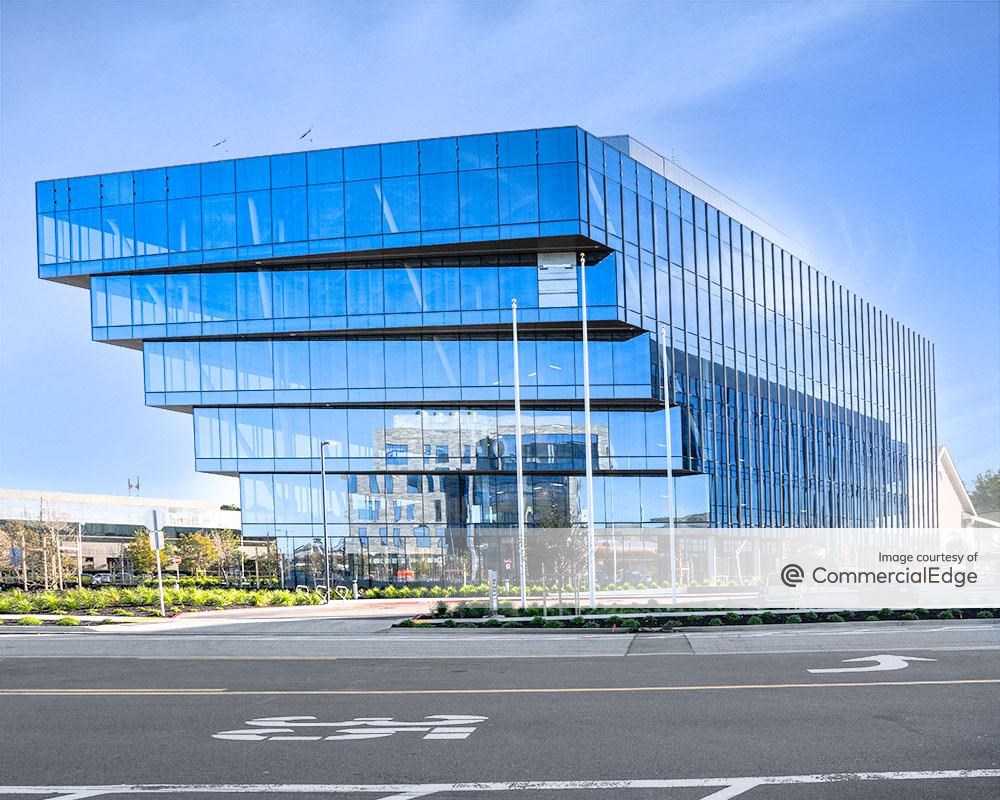
You must be logged in to post a comment.